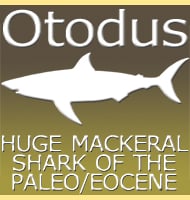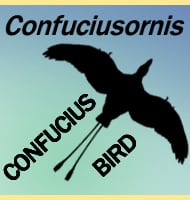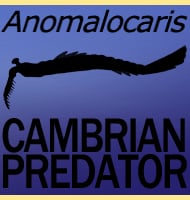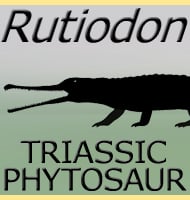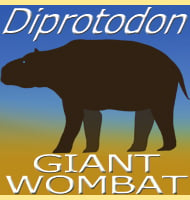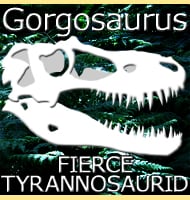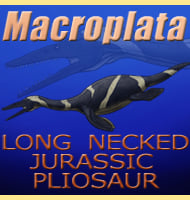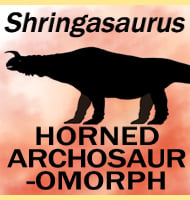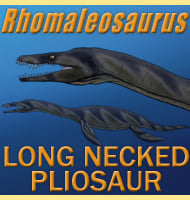In Depth
An often included genus in dinosaur books, Arrhinoceratops is another example of a popular dinosaur known by very little fossil material. In this case Arrhinoceratops has been based upon the description of only a single partially preserved skull. Arrhinoceratops was named because William Parks thought that it lacked a nasal horn, and too an extent this is true. In some ceratopsians such as centrosaurines, that horn is established by a horn core that grows from the upper snout of the skull. As a chasmosaurine ceratopsid, Arrhinoceratops would not have had a horn core but the nasal bones would have still likely grown into a point like projection that would have resembled a small horn.
There have been many attempts to gauge the size of Arrhinoceratops, but without at least some elements of the post cranial skeleton, only a best guess by means of comparing the holotype skull with the skulls of other genera. Without a more exact figure, it is easier to just say that Arrhinoceratops was more of a medium sized ceratopsian, on a scale where two to three meters is small, and anything over five to six meters is large.
The neck frill of Arrhinoceratops is noted as having many deep grooves running along and into the bone. In life these grooves would have been filled by blood vessels that would have supplied the soft tissue that was supported by the bony interior with oxygenated blood. In the past this has been argued to be a thermoregulation device for warming/cooling the blood, but just as if not more likely is that blood could be forced into the frill to produce a more intense colour display on the frill. In dominance contests the individual that could maintain the extra flow for longer would be seen as the more healthy and therefore most worthy of mating.
Arrhinoceratops was not the only ceratopsian dinosaur present in its ecosystem with fossils of Pachyrhinosaurus, Anchiceratops and Eotriceratops all being found in the same fossil formation. Other kinds of dinosaurs that Arrhinoceratops may have come into contact with include hadrosaurs like Hypacrosaurus, Edmontosaurus and Saurolophus, while predatory threats could have come from large tyrannosaurs such as Albertosaurus.
Further Reading
- Arrhinoceratops brachyops, a new genus and species of Ceratopsia from the Edmonton Formation of Alberta, William Arthur Parks - 1925. - A revision of the Ceratopsia or horned dinosaurs, R. S. Lull - 1933. - Reptilian fauna of the North Horn Formation of central Utah, C. W. Gilmore - 1946. - Tyrannosaurus and Torosaurus, Maestrichtian dinosaurs from Trans-Pecos, Texas, D. A. Lawson - 1976. - The structure and relationships of the horned dinosaur Arrhinoceratops Parks (Ornithischia: Ceratopsidae), H. Tyson - 1981.

